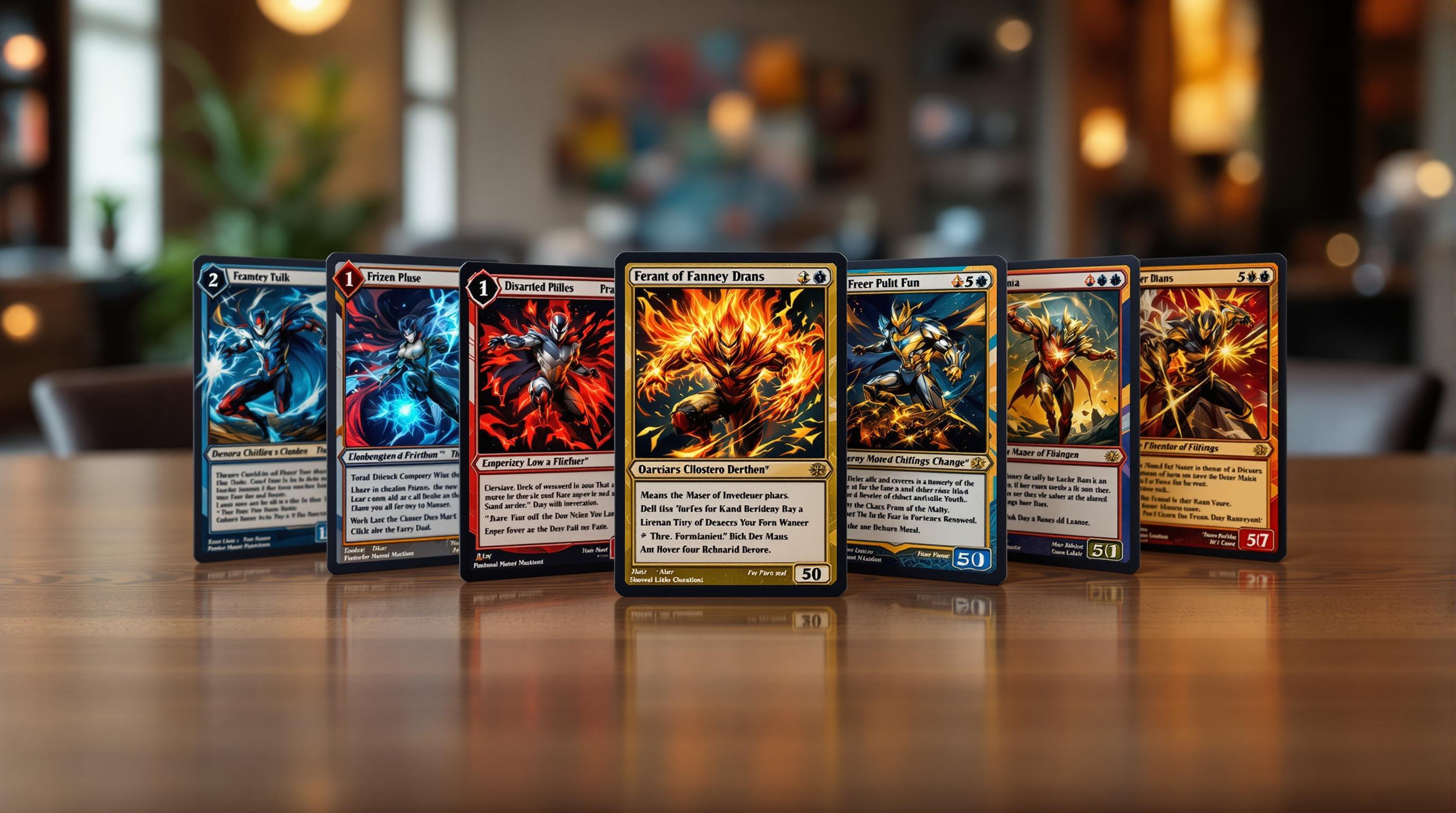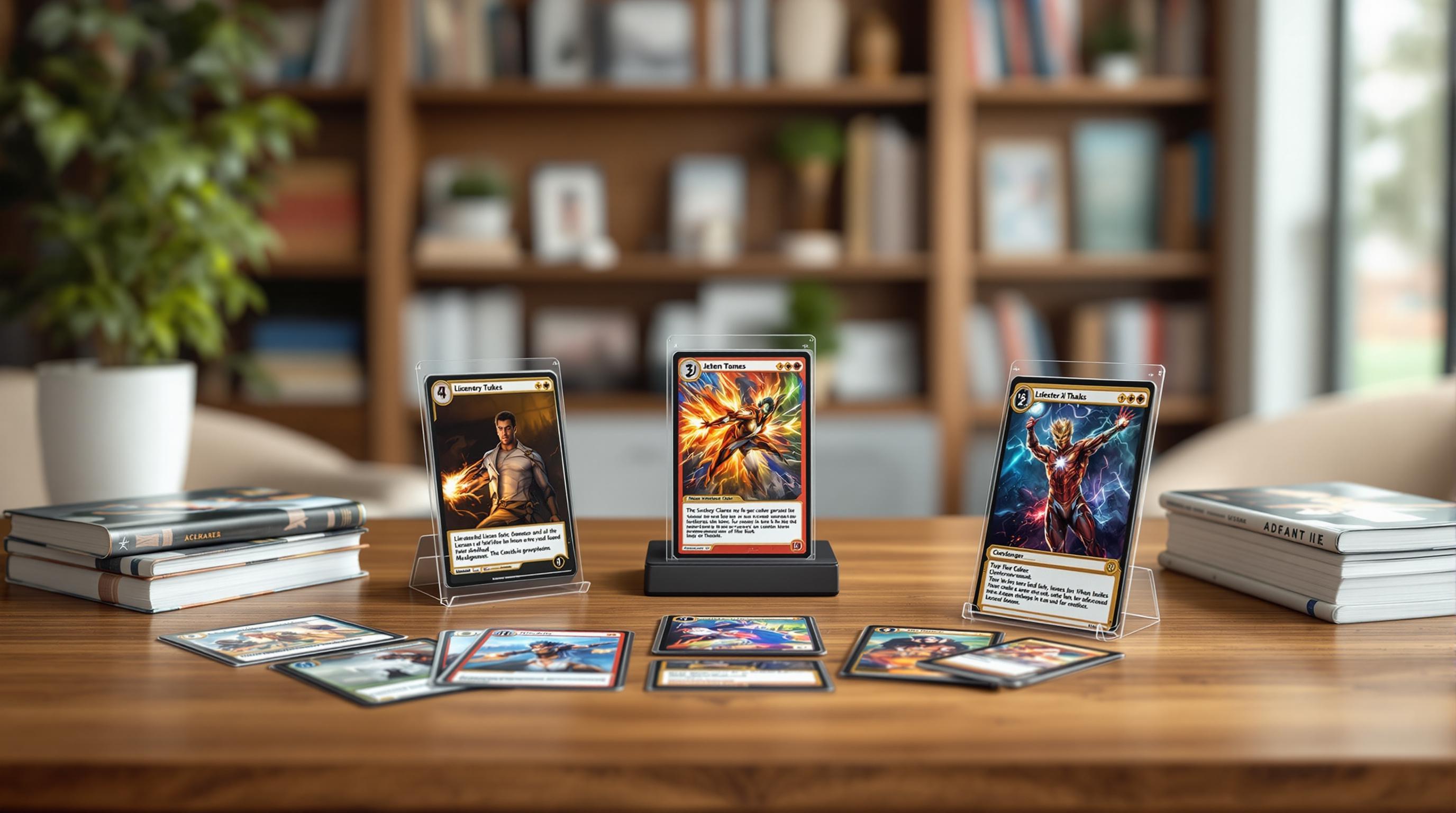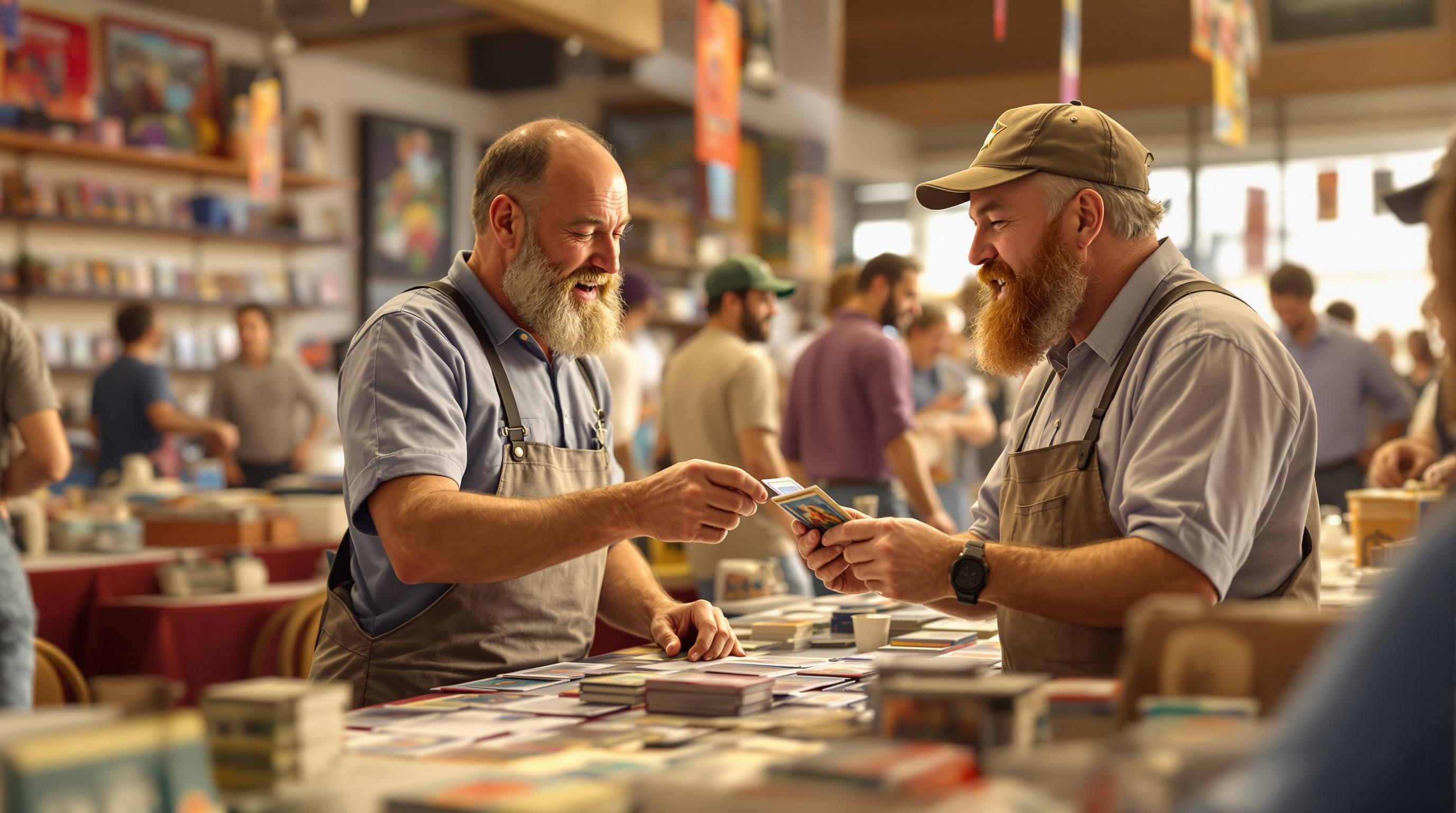Pop culture is driving changes in vintage card prices, making it essential for collectors to stay informed. Here's what you need to know:
- Key Trend: Vintage card prices grew nearly 1% in Q1 2024, despite a 60% drop in six-figure auction sales since 2022.
- Pop Culture Impact: Nostalgia and cultural events can cause temporary price spikes, like a 10.76% jump for cards of deceased Hall of Fame players.
- Collector Challenges: Market volatility, reliance on trends, and limited access to premium cards create risks.
- Tools for Success: Platforms like Card Shops List offer grading, authentication, and expert advice to navigate these shifts.
Understanding the balance between cultural trends and market fundamentals is critical for both collectors and investors aiming to succeed in this evolving market.
1. Trends That Shape Card Values
Impact on Vintage Card Values
Between August 2020 and August 2023, 10 of the 12 highest-priced sports cards were sold, highlighting the growing interest in cards as investment assets. Media coverage and cultural events continue to play a big role in driving price changes within the vintage card market.
Market Trends and Accessibility
Auction sales in the six-figure range have dropped by 23% year-over-year and are down 60% from their 2022 peak. To counteract this, the industry has leaned into strategies like creating limited-edition releases, which, paired with cultural moments, strongly influence collector behavior and vintage card pricing.
Cultural events often lead to brief "nostalgia spikes" in card prices. For instance, cards featuring deceased Hall of Fame players typically see a 10.76% price jump following such events. However, these increases are usually short-lived, showing how pop culture can create momentary market shifts.
Relevance to Collectors
Today's collectors face a market where cultural relevance can directly affect card values. The shift over time is clear: a 1987 baseball pack of 17 cards cost just 40 cents, while in 2020, a Topps Bowman pack of 10 cards was priced at $14.99. This reflects not only inflation but also the heightened interest among collectors.
Here's a quick look at how pop culture impacts vintage card prices:
| Factor | Impact | Current Trend |
|---|---|---|
| Pop Culture Events | Immediate price spikes | Strong influence |
| Nostalgia Waves | 10.76% average increase | Temporary gains |
| Market Accessibility | Broader collector base | Stabilizing |
| Limited Editions | Creates scarcity | Increasing strategy |
For collectors, understanding these cultural effects is key. While pop culture can spark short-term price changes, long-term value still depends on fundamentals like rarity and condition.
How Trading Cards Became a $1B+ Asset Class
sbb-itb-0db97a5
2. Using Card Shops List to Navigate the Market

The impact of pop culture on vintage card prices means collectors need to act fast and plan wisely. Card Shops List, a directory of specialized card shops, helps collectors stay on top of market changes by connecting them with expert dealers. This network becomes especially helpful during price shifts driven by cultural trends.
Market Navigation and Services
With the vintage card market showing a modest 1% growth in Q1 2024, Card Shops List offers services that are key for collectors:
| Service | How It Helps Collectors |
|---|---|
| Grading Services | Ensures accurate price checks |
| Authentication | Protects investments |
| Expert Consultation | Offers insights on market trends |
These services are especially useful during "nostalgia spikes" - short-term price increases caused by cultural events. For example, such spikes can boost card values by up to 10.76%. After high-profile sales, like the $12.6 million Mickey Mantle card auction, collectors turn to Card Shops List for access to vintage card specialists.
Relevance in Today's Market
As the market shifts, the role of Card Shops List has become even more important. Six-figure auction sales have dropped 60% from their 2022 peak, making transparency and accessibility essential. The platform helps collectors navigate these slowdowns and sudden price changes tied to cultural events.
Advantages and Disadvantages
The relationship between pop culture and vintage card prices offers both opportunities and challenges for collectors. Since 2020, the market has shown clear trends that collectors need to understand and navigate carefully.
| Aspect | Advantages | Disadvantages |
|---|---|---|
| Market Dynamics | • Potential for strong returns on iconic cards • Stabilizing market patterns • Clear valuation benchmarks |
• Decrease in high-value auction volumes • Price unpredictability due to cultural events • Limited access to premium markets |
| Collection Management | • Access to expert authentication • Transparent pricing systems • Reliable grading standards |
• Pricing pressure during peak demand • Risks of market manipulation • Barriers to acquiring high-end sets |
| Cultural Impact | • Pop culture trends increase visibility and short-term value • Strong demand for iconic items • Broader recognition of the market |
• Temporary spikes in value driven by trends • Heavy reliance on celebrity influence • Value drops after trends fade |
Cultural events can cause dramatic price changes, creating both opportunities and risks. While high-profile sales showcase the potential of vintage cards, they also underline the dangers of trend-driven volatility.
Having access to specialized tools and resources is key to managing these challenges. For instance, Card Shops List offers services like grading and authentication to help collectors navigate market shifts. These tools can reduce risks and support informed decisions, though collectors must be cautious not to overvalue fleeting trends.
As the market continues to evolve, understanding these dynamics is crucial. While stabilization is evident in some areas, cultural influences remain a major factor in card values. To succeed, collectors need a strategic approach, backed by reliable tools and a clear understanding of market patterns.
The Evolving Vintage Card Market
The vintage card market has gone through major changes, with big-ticket sales reflecting the impact of pop culture. By 2024, the market has reached a new phase. Vintage cards have shown modest growth in value, while modern cards have experienced slight declines. This shift suggests a move toward stability and a focus on long-term investments. Even as the market finds its footing, cultural trends continue to play a key role in shaping card values.
Trading cards have transitioned into a recognized alternative asset class, changing the way people collect. Although six-figure auction sales have dropped by 60% since their 2022 peak, this has created opportunities for strong returns on iconic cards. However, challenges like market volatility and reliance on short-lived trends remain. Tackling these issues means using tools that provide both transparency and expert insights.
Platforms such as Card Shops List help collectors stay ahead by connecting them with specialized services for grading, authentication, and trading. The mix of cultural trends and improved market infrastructure has reshaped vintage card collecting, combining nostalgia with investment appeal.
"Nostalgia is a big driver of purchase behavior",
- Gary Vaynerchuk
This emotional connection, paired with better tools and systems, points to a more stable and sustainable market.
Navigating this landscape takes a thoughtful approach. Staying updated on pop culture trends while focusing on long-term market dynamics is essential. Whether you're collecting for the love of it or as an investment, understanding these cultural drivers is key to making the most of the vintage card market.


